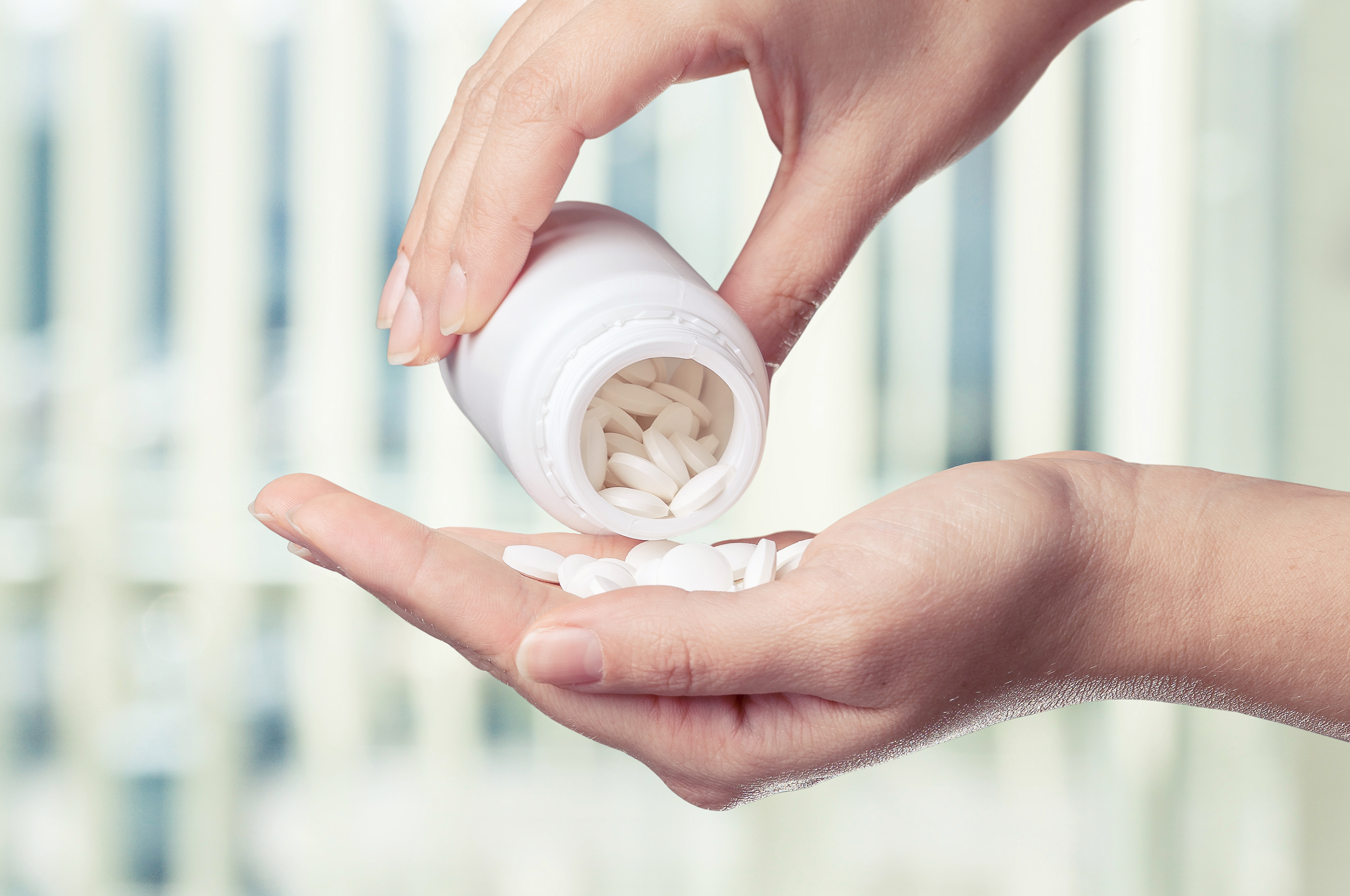All You Need to Know About Vitamin B6 and AADC Deficiency

Doctors often recommend vitamin B6 (pyridoxine) as a treatment for aromatic L-amino acid decarboxylase (AADC) deficiency.
Here are some frequently asked questions and answers about vitamin B6 treatment.
What is vitamin B6?
Vitamin B6 is a cofactor for many enzymes. This means that it acts as a helper molecule, making some enzymes work better.
Most people get all the vitamins they need from their food. Chickpeas, beef liver, and some kinds of fish are all high in vitamin B6; other good sources include poultry, potatoes, and bananas.
How does it help in AADC deficiency?
Mutations in the dopa decarboxylase (DDC) gene cause AADC deficiency. This gene encodes for an enzyme that is important for making neurotransmitters.
Neurotransmitters are signaling molecules in the brain that allow nerve cells to communicate with each other, and include dopamine and serotonin.
In AADC deficiency, the activity of the AADC enzyme is low. As a result, the brain cannot produce enough of the neurotransmitters it needs, leading to disease symptoms.
Vitamin B6 acts as a cofactor for the AADC enzyme. By binding to the enzyme, it helps the enzyme work better and boost its ability to produce neurotransmitters. Doctors usually prescribe vitamin B6 as part of a treatment regiment, so it is difficult to say how much benefit it can provide on its own.
What medications are given with vitamin B6?
Doctors usually give AADC patients vitamin B6 supplements in combination with dopamine receptor agonists and monoamine oxidase inhibitors (MAOIs).
Dopamine receptor agonists work by activating the same receptors as dopamine. This helps compensate for the low levels of dopamine in the brain.
Monoamine oxidases are enzymes that breakdown neurotransmitters, clearing them from the brain. MAOIs work by binding to these enzymes and preventing them from degrading neurotransmitters, which increases the levels of neurotransmitters in the brain.
In AADC deficiency patients, the combination of these three therapies work to raise neurotransmitter levels in the brain, which should ease disease symptoms.
How is vitamin b given?
The dosage of vitamin B6 needed to treat AADC deficiency is quite high compared to what you may be accustomed to. Your child’s doctor will probably prescribe a high-dose tablet, soft gel capsule, or a liquid that your child can drink. The prescribed vitamin will likely have to be taken every day with other medications.
Doctors can also administer vitamin B6 as an injection into a muscle or into the bloodstream. A doctor or nurse has to do this at your local clinic. In some cases, parents or caregivers may be taught to administer these medications at the home.
Are there any side effects?
Every treatment has risks and potential side effects, but the risks of vitamin B6 supplements are usually small.
Taking too much vitamin B6 can cause a lack of muscle control, painful skin lesions, nausea, and sensitivity to sunlight. A small study in AADC deficiency did not report any such side effects, but they can still happen.
Vitamin B6 can also interact with some other medications. It is a good idea to talk to your doctor about all of your child’s medications and supplements to help ensure against unwanted drug-to-drug interactions.
Last updated: Aug. 19, 2020
***
AADC News is strictly a news and information website about the disease. It does not provide medical advice, diagnosis, or treatment. This content is not intended to be a substitute for professional medical advice, diagnosis, or treatment. Always seek the advice of your physician or other qualified health provider with any questions you may have regarding a medical condition. Never disregard professional medical advice or delay in seeking it because of something you have read on this website.





